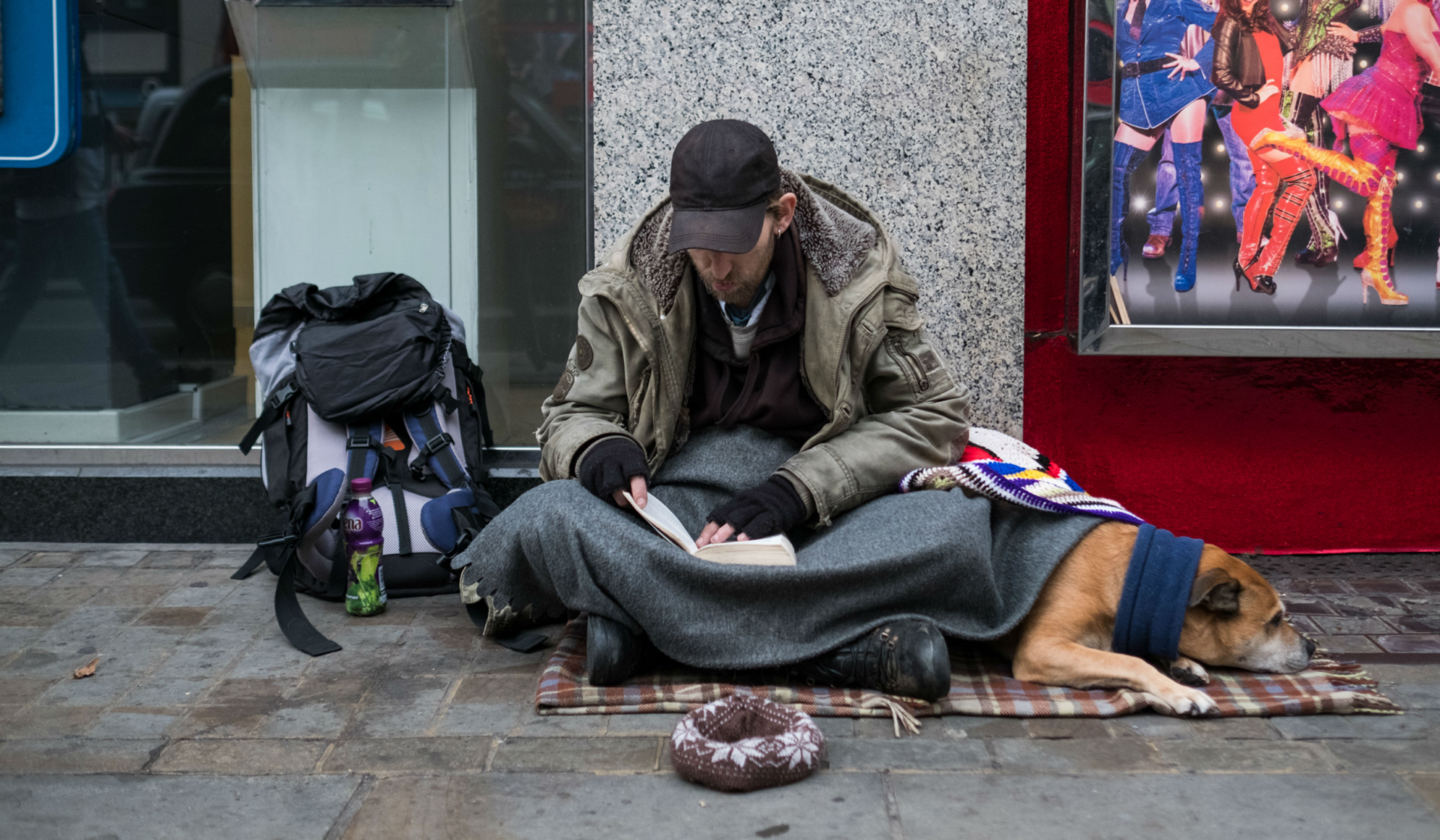After notable success in the US and Europe, a surprisingly simple model for getting rough sleepers into safe housing is being tested in the UK. The approach was put forward by a psychologist in the 90s but has taken two decades to be implemented.
According to Occam’s Razor, the most obvious answer is usually the correct one. Applying this to the homelessness crisis, the clearest solution would be to provide people with easy access to housing.
This is what psychologist Dr Sam Tsemberis proposed, after spotting his patients lingering on the streets of New York City and realising that many of them had no home to go back to. He immediately suggested a new strategy for tackling the rising number of rough sleepers in NYC: give people homes first and foremost.
Regardless of its simplicity, this model goes against tradition. The vast majority of cities have long adopted a ‘staircase model’, which requires individuals to jump through several hoops before being granted access to proper housing.
In the UK, these preconditions are sobriety, participation in support services, actively seeking employment, and having knowledge of tenancy management. This is despite the fact that almost all of these requirements would be easier to carry out once having a safe place to live.
Realising old models weren’t making a difference, the American city of Houston adopted Dr Tsemberis’ model in 2012. It has since seen a 64 percent decrease in the number of rough sleepers.
The Housing First approach has also seen immense success in Austria and Helsinki, the latter of which is on track to eradicate homelessness by 2025. The program – called Housing First – is now being adopted in the UK for the very first time.




















